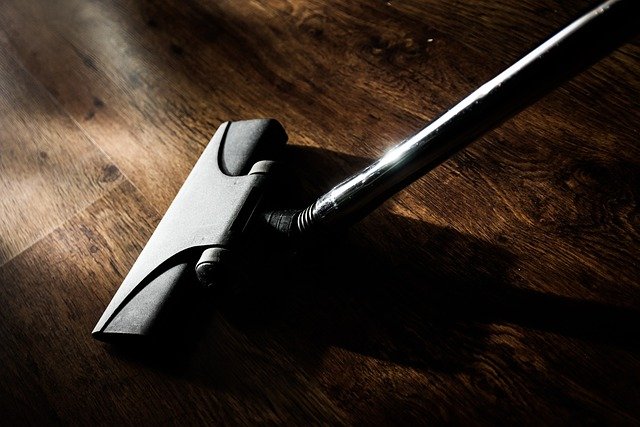Air Duct Cleaning: Improve HVAC Performance and Indoor Air Quality
Air duct cleaning involves removing dust, debris, and sometimes microbial growth from the ducts and components of your heating, ventilation, and air conditioning (HVAC) system. Clean ducts can reduce the amount of airborne dust recirculated through your home, allow your HVAC system to operate with less strain, and contribute to a fresher indoor environment. While it’s not a cure-all, targeted cleaning combined with good filtration and maintenance can support better indoor air quality and system reliability over time.

This article is for informational purposes only and should not be considered medical advice. Please consult a qualified healthcare professional for personalized guidance and treatment.
Air duct: What are ducts and why clean them?
Air ducts are the channels that carry conditioned air through a building. Over months and years they can collect dust, pet dander, pollen, and small debris. In some cases, gaps, moisture, or pest activity lead to more significant contamination. Cleaning is intended to remove this buildup from accessible surfaces so the HVAC system circulates less particulate matter. Regular checks and professional inspections can reveal when cleaning is worthwhile, especially if visible contamination, persistent odors, or recent renovations have occurred.
Cleaning: How is professional cleaning performed?
Professional cleaning typically uses a combination of agitation and collection. Technicians use tools such as rotary brushes, air whips, and high-powered vacuums to dislodge and remove settled material from ducts and vents. The objective is “source removal” — pulling debris into containment rather than simply moving it deeper into the system. Some services include cleaning related components like the blower, drain pan, and coils. When selecting a provider, confirm their process, equipment, and whether they access all major supply and return runs to ensure thorough work.
HVAC: How cleaning affects system performance
A cleaner duct system can reduce resistance to airflow caused by heavy deposits and help the HVAC system maintain designed airflow patterns. That can mean the system doesn’t have to work as hard to deliver conditioned air, potentially improving comfort and reducing cyclical wear. Cleaning alone won’t fix mechanical issues, clogged coils, or poor insulation, but it complements routine HVAC maintenance such as filter changes, coil cleaning, and thermostat calibration to support efficient operation.
Dust: Will cleaning noticeably reduce dust in the home?
Duct cleaning can remove a source of recirculated dust, which may reduce visible deposition on surfaces and furniture. However, it’s only one part of dust control. Everyday sources like textiles, human activity, cooking, and outdoor particulates also contribute. To keep dust down, combine duct cleaning when appropriate with regular vacuuming, high-efficiency filters, humidity control, and sealing or insulating duct leaks. Expect improvement, but understand that no single intervention will eliminate all household dust.
Indoor air: Health considerations and limitations
Cleaner ductwork can lower the circulation of allergens and certain particles, which may benefit occupants with milder sensitivities. However, duct cleaning is not a medical treatment for respiratory conditions. If mold growth, persistent odors, or unexplained allergy symptoms are present, addressing moisture sources, improving ventilation, and consulting indoor air specialists or healthcare professionals are important steps. For many homes, improving filtration (using appropriately rated filters) and increasing fresh-air exchange offer substantial indoor air quality gains alongside targeted duct cleaning.
Conclusion
Air duct cleaning can be a useful part of an overall indoor air quality and HVAC maintenance strategy: it removes accumulated debris from the air distribution system, can ease strain on equipment, and may reduce some airborne particulates. Its value depends on system condition, observable contamination, and home-specific factors such as pets, renovations, or occupant sensitivities. Combining professional cleaning when necessary with consistent filter changes, humidity management, and periodic HVAC service yields the most reliable results for cleaner indoor air and sustained system performance.






